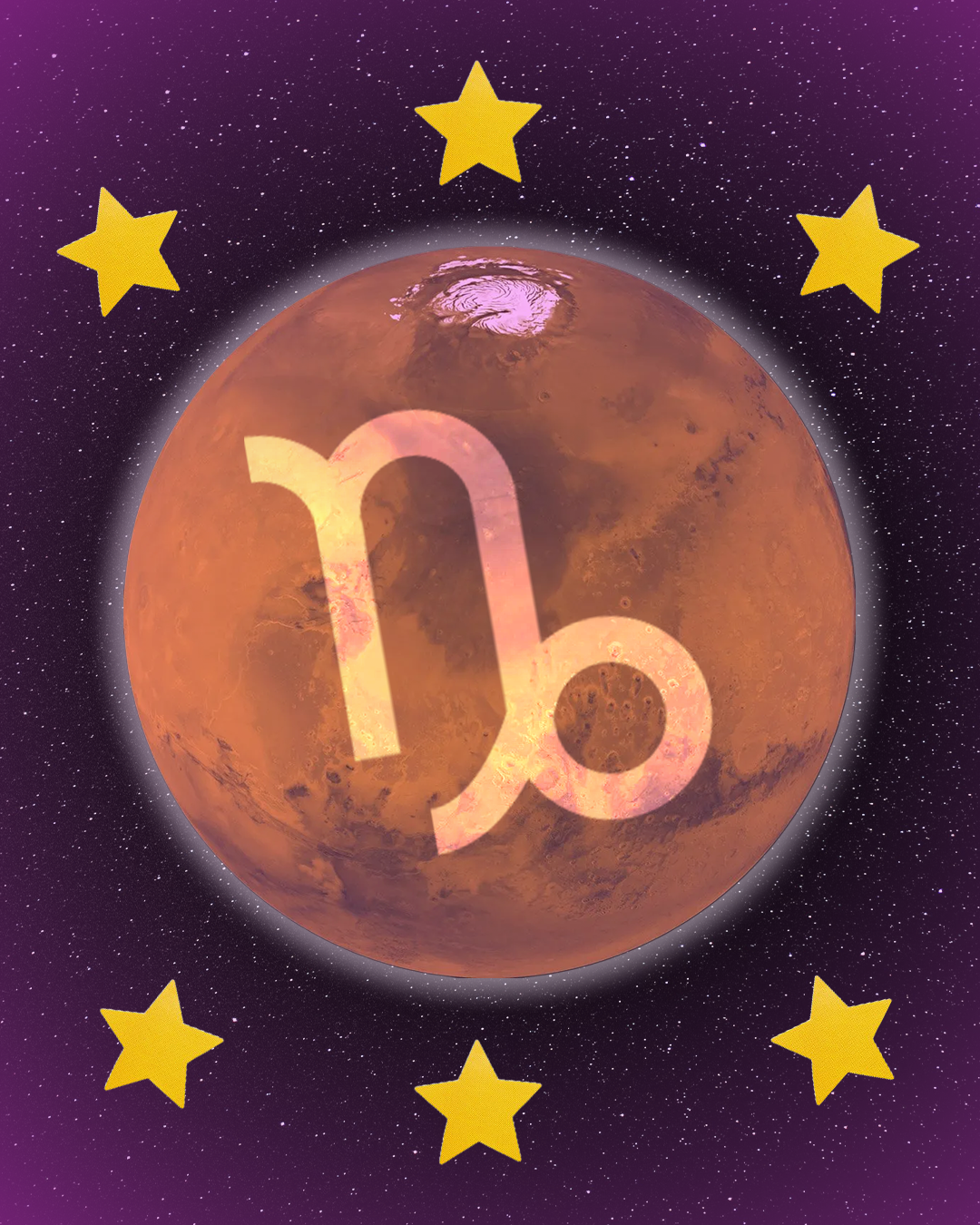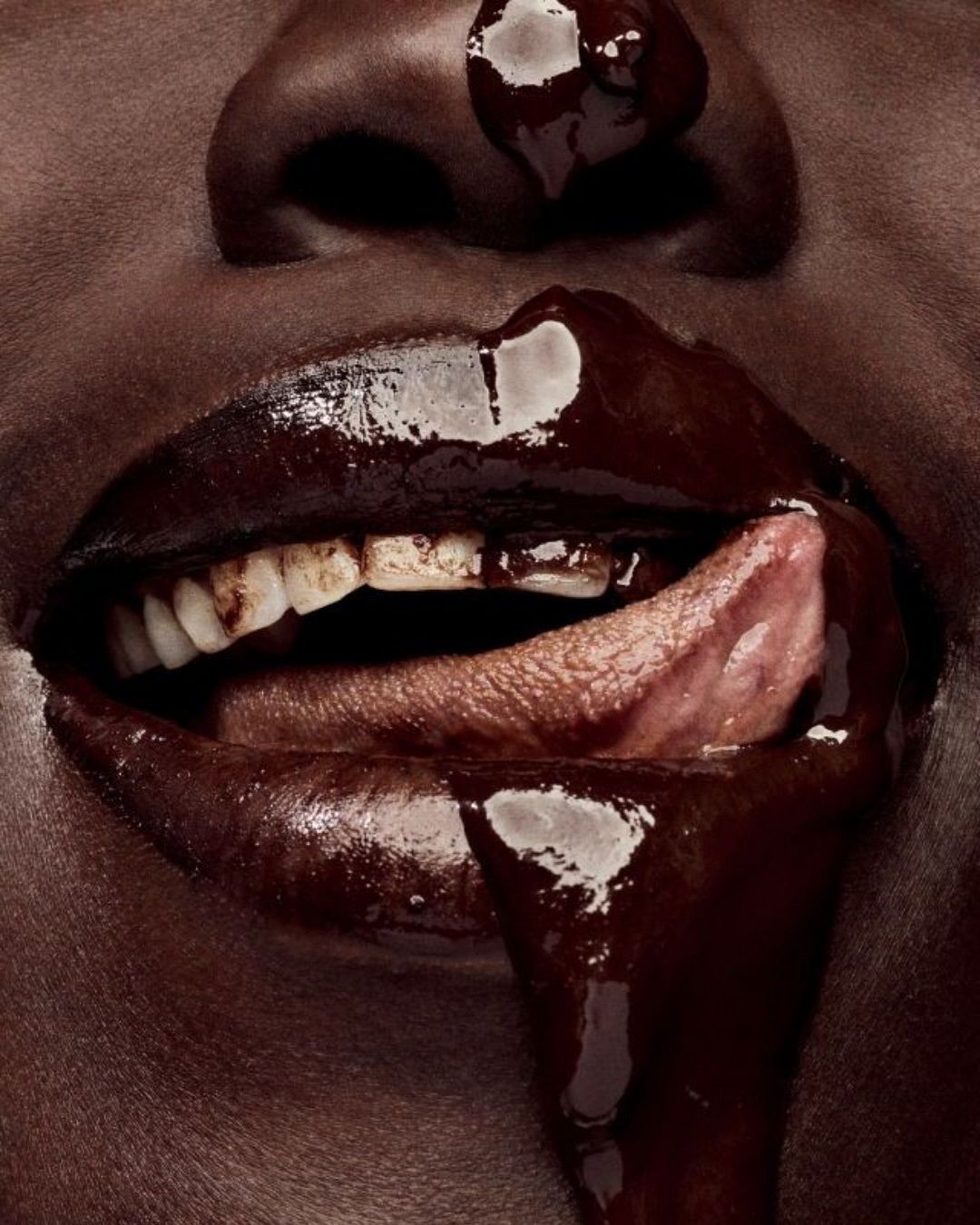
How to interpret dream's meaning We asked the psychologists at Oratio why it is important to keep track of the mind's nighttime journey
Dream activity represents an important slice of our daily brain activity; we spend (when it's going well!) almost half of our day in the dream world and what precedes it. Yet paradoxically we still know very little about it, around the subject seem to gravitate opposite attitudes: either a vivid interest, child of the possibility that dreams are a creative engine, or a disqualifying denial of any possible relevance and meaning. In psychology, the dream becomes central through Freud's discovery of the unconscious. "The interpretation of dreams is the royal road to a knowledge of the unconscious," wrote in fact the father of psychoanalysis, who believed that dream contents were symbolic manifestations of unconscious contents, themselves formed by desires removed from consciousness because they were incompatible with morality and collective norms. Although it was a pivotal turning point and birthplace of the discipline, Freud's theorizing turns out to be outdated to this day: in fact, his reductionist tendency is what led to the emergence of today's belief that dreams can be interpreted by making use of a dictionary, as well as the strong skepticism with which many people approach the world of dreams. Indeed, as Marie-Louise von Franz, a Swiss psychoanalyst wrote in 1988:
"A naive prejudice still circulates among people that dreams express our desires, our patterns, our plots. But the more we study dreams, the more we realize that this cannot be true. There are too many dreams that confront us with things we do not want to see."
From a perspective adhering to the Jungian model, we can approach the dream by trying to delve into the meaning that a dream image carries, without attributing to it a necessary meaning, as some Dictionaries of Dreams would like to do, but conceiving it as a manifestation inseparable from the singularity of the bearer, as an experience that speaks of the dreamer and his or her uniqueness, of the meaning that that specific life has given to that vignette represented in the dream. Precisely because of the highly personal nature of the dream experience, its interpretation must necessarily come through a relationship, where the gaze of the other (the therapist) can allow a broader observation. Stepping outside the scope of therapy, effective action for anyone who wants to get closer to his or her inner, dream world can be to write down dreams and try to see if, over time, certain plots return. Even just the simple act of telling it, writing it down or drawing it makes the dream more present in us and speaks to us about something that concerns us; it is no accident that many artists have been inspired by the images and suggestions that the dream left them upon waking.
We know that it is not always easy to remember your dreams, which is why it can be helpful to have a special notebook on your bedside table or to use one of the many apps that have sprung up lately, perfect for writing down or vocally recording what we have seen and the feelings that that dream has made us and causes us to experience.
nss G-Club recommends 5 apps for you to trace your own path in the dream world and understand more about yourself:
- Dreambook: Here you can describe the tone of voice of your dreams, the subject and the scenario by cataloging the dreams daily and then connect the dots and identify recurring elements in your dreams. The feature to also see other users' dream storylines anonymously is interesting and helps exorcise that sense of shame that might arise when you deem your dreams "weird."
- Balance: a meditation app that with a free annual plan takes users on a journey of discovery of meditation practices throughout the day. Guided meditation options range from "The Afternoon Recharge" to "Yoga for the Spot Journey." For pre-bedtime, Balance offers several options: guided meditation that "Defocuses" the mind from the day for which a timer can be set to sound when it is time to engage in the practice or a "Dream Scenes" section in which the instructors' voices outline light-hearted fantasy imagery in which to lose oneself until sleep, which can be evaluated the next morning.
- Oniri: With this app you can record dreams with voice notes, which helps you perfect the art of lucid dreaming with more than 500 paths of interpretation, so much so that you can relive it and learn to control as it happens. A plus is the soothing sounds for "Deep Sleep" to help you fall asleep.
- Dream: Sleep and Lucid Dreaming: Incorporating narratives of the dreams you have night after night, Dream analyzes the quality of sleep and dreams you have, connecting the influence of the moon and where you sleep versus the type of dreams you have, to better understand the connection between your sleeping body and the outside world.
- Dreamboard: a kind of Pinterest for dreams, where you can create a dream chart and build a chart over time that demonstrates the trend in dreams and their fluctuation to identify anomalies or positive course changes.
Therapy remains, however, is a tool that can help both to understand what dreams are made of, especially if they bear discomfort or concern demonstrate recurring patterns that you want to investigate. To begin a psychological journey you can contact your local health authority, or professionals in the private sector such as Oratio, who can be reached via Instagram Direct or contacts on the website.
























































